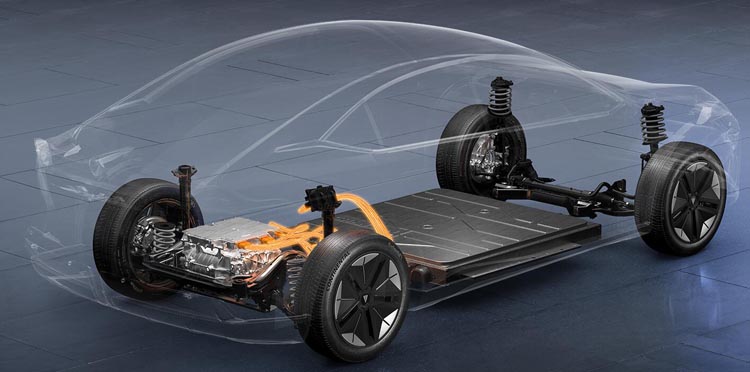The market for adhesives in new energy vehicles, including electric and hybrid vehicles, is rapidly growing. This is due to a variety of factors, including the need for lighter weight materials in order to increase vehicle efficiency, as well as the desire to reduce emissions and create more environmentally friendly vehicles. Adhesives are playing an increasingly important role in the manufacturing of new energy vehicles, and this trend is expected to continue in the future.
One of the key drivers of the growth in the adhesive market in new energy vehicles is the need for lighter weight materials. Electric and hybrid vehicles require batteries to power their engines, and these batteries are often quite heavy. By using lighter weight materials in other parts of the vehicle, manufacturers can offset some of this weight, making the overall vehicle more efficient. Adhesives are an ideal solution for this problem, as they can be used to bond lightweight materials together, reducing the need for heavy bolts or other fasteners.
Another key factor driving the growth in the adhesive market in new energy vehicles is the desire to reduce emissions. Electric and hybrid vehicles are inherently more environmentally friendly than traditional gasoline-powered vehicles, but there is still room for improvement. Using adhesives to create more aerodynamic designs or to bond materials together more efficiently can help reduce the amount of energy required to operate these vehicles, which in turn reduces emissions.
The use of adhesives in new energy vehicles is also driven by the desire to create more durable and reliable vehicles. Electric and hybrid vehicles require complex electrical systems to operate, and these systems must be protected from the elements in order to function properly. Adhesives, when used properly, can create a strong and durable seal that prevents moisture and other contaminants from damaging the electrical components of the vehicle.
Overall, the market for adhesives in new energy vehicles is growing rapidly, and there are a variety of different factors driving this growth. As manufacturers continue to explore new ways to make their vehicles lighter, more efficient, and more environmentally friendly, adhesives are likely to play an increasingly important role in the manufacturing process. This trend is expected to continue in the future, as more and more automakers make the shift towards electric and hybrid vehicles.

